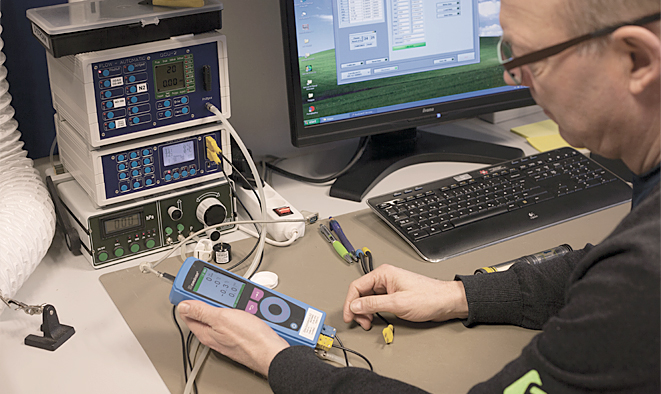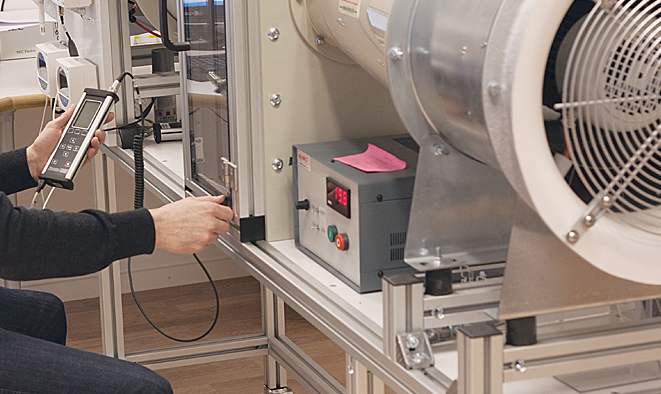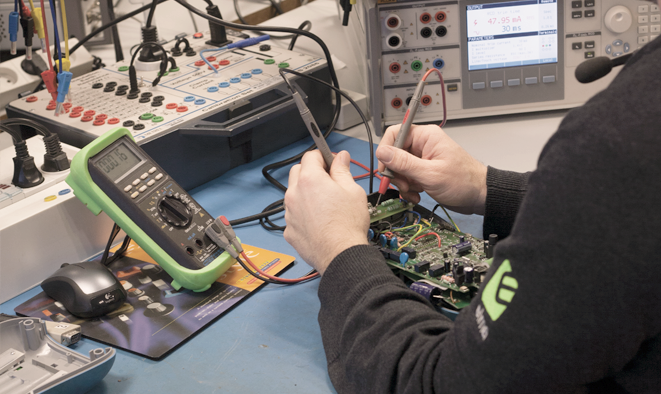To put it briefly, a calibration is a test of an instrument's accuracy. This means that you check whether the instrument complies with the stated specifications. The instrument is held up against a reference, also called a "standard". This standard is again held up against a number of instruments that ultimately refer to a national or international standard. A calibration typically uses a reference that is 2-4 times more accurate than the instrument being calibrated. This ratio is called TUR (Test Uncertainty Ratio).
There are two types of calibrations - accredited and traceable. Both types of calibrations can be traced to national or international standard and can have the same quality. The difference is that an accredited calibration requires a greater degree of documentation, according to the ISO 17025 standard, with regard to how instruments are handled during the entire process. This is an process that requires external auditing, which is why this type of calibration becomes more expensive. Since both calibration types can be equally accurate, the affordable traceable calibration is the optimal choice in most cases.
At Elma Instruments, we have chosen to offer traceable calibrations on all the many parameters performed by our calibration laboratory. We have made this choice due to the fact that traceable calibrations cover 98% of companies' calibration needs. With traceable calibration, we have the opportunity to offer calibration with a certificate at very competitive prices.















